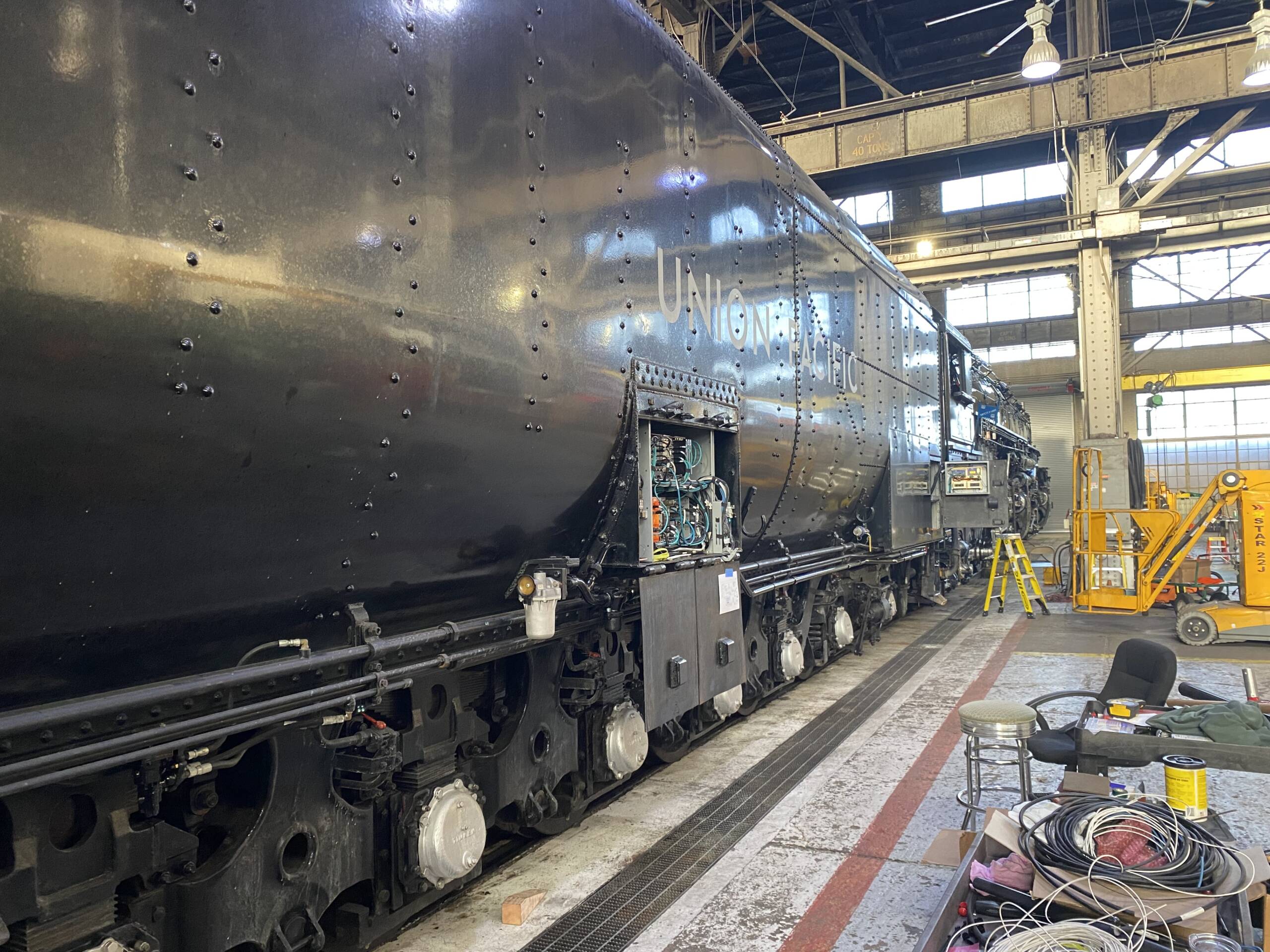
Editor’s note: The January 2026 issue of Trains Magazine includes author Greg Richardson’s article on the development of positive train control, “The road to PTC,” viewed primarily through the lens of his time in Union Pacific’s PTC program. Space limitations precluded inclusion of his look at development of PTC for Big Boy No. 4014; we are pleased to be able to offer it here. Richardson retired from UP in 2023.
During the review of draft positive train control regulations in 2009 by the Railroad Safety Advisory Committee, one break-out group of particular interest to me was one dealing with requirements for operation of “historic” (e.g. steam) locomotives. Given my background and interest in steam locomotives (I had previously worked for some time with ex-Canadian Pacific G5s No. 1238 and No. 1286 in tourist railroad and excursion service) and support for the UP steam program, I was anxious to do my part to ensure that the final regulations posed as little threat as possible to future operations. Other members of the group were generally like-minded, and we crafted what I believed was very favorable regulatory language, generally exempting such operations from PTC use but with other safeguards.
However, the Class I railroad members of the AAR caucus (of which I was a member as part of the UP delegation) objected to the number and scope of exemptions for non-Class I railroads. It opposed the historic-locomotive language, feeling that supporting this particular exemption would appear to undermine that hard stance. I reluctantly toed the party line but was personally concerned with how future steam operations would be affected. The final language provided some relief for non-Class I operators of historic locomotives, which was of little use to UP. Furthermore, most railroads subsequently adopted policies requiring the use of PTC by all tenant operators, regardless of regulatory exemptions, due to concerns with safety and fluidity of operations.
Fast forward to April 2014. I was in the Los Angeles area for a meeting, at the conclusion of which I wandered over to UP’s West Colton yard where UP Big Boy 4-8-8-4 steam locomotive No. 4014 – fresh from its extraction from the Rail Giants Museum at the fairgrounds in Pomona, Calif. — was being readied for its voyage to Cheyenne and its rebuilding. The UP steam program manager and I sat in 4014’s cab and pondered the rebuilding process, as well as the future impact of PTC on the program and strategies for operation in a post-PTC world. UP’s PTC deadline was subsequently extended from 2015 to 2020 and the rebuild of No. 4014 was completed allowing it and 4-8-4 No. 844 to operate the Golden Spike 150th Anniversary special in 2019 without PTC. No trips were planned or operated in 2020.
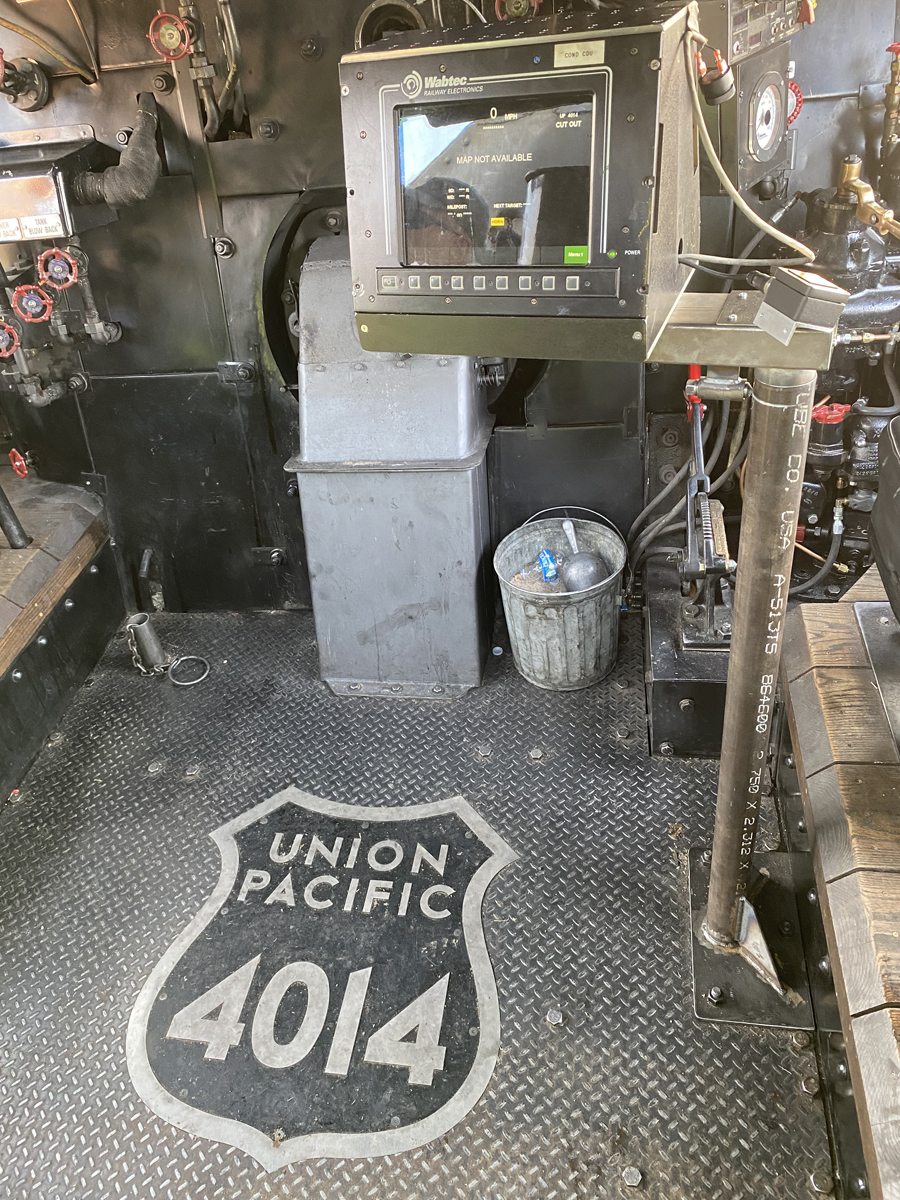
Meanwhile, we had been able to drive some design and software changes into the PTC system to make its operation with a steam locomotive more feasible. As the end of 2020 and the PTC deadline approached, I had not yet been able to direct any resources to perform a full installation on No. 4014 or No. 844. However, we had completed some engineering for a solution utilizing PTC installed on a trailing diesel locomotive which usually accompanies the steam locomotives on extended tours, and coincidentally became aware of an existing hardware solution designed exactly for this configuration. A PTC display and brake interface equipment were installed on No. 4014 and, utilizing the new connection equipment, were both wired up to the PTC computer on UP SD70M No. 4015. The configuration was successfully tested in July 2021, at which time the 4014 became the first steam locomotive to effectively operate with PTC in the U.S. No. 4014 departed later that month on its tour to New Orleans, and all trips conducted during 2021-2023 operated trouble-free with PTC in this configuration. SD70M No. 4015 became a star in its own right, what with its retro silver truck frames, olive drab short-hood top, and steadfast accompaniment of 4014.
In early 2024, the design and installation of PTC equipment directly on the Big Boy was completed, allowing it to operate with any diesel locomotive available or without any accompanying diesel. Most computer, communications, and power equipment was placed in either of two compartments located on the tender, and a standard UP antenna farm enclosure was placed on top of the tender. A third steam dynamo was added to power the additional equipment. Successful tests without an accompanying diesel locomotive were conducted in May 2024. No. 4014’s “Westward Bound” and “Heartland of America” tours in 2024 were operated utilizing this configuration without problem. No. 844 is slated for the same installation.
Union Pacific is able to leverage its back-office infrastructure, software licensing, radio spectrum licensing, maintenance/support capabilities, AAR membership and standards compliance, and FRA approvals for PTC operation on its steam locomotives. These additional requirements and corresponding costs will be a further challenge for many independent groups wishing to operate PTC on “historic” locomotives.







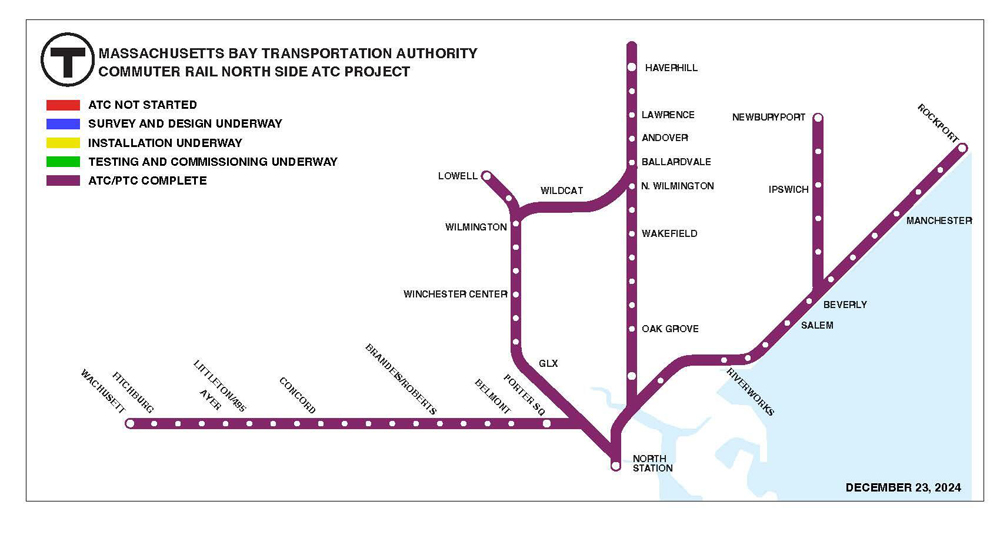
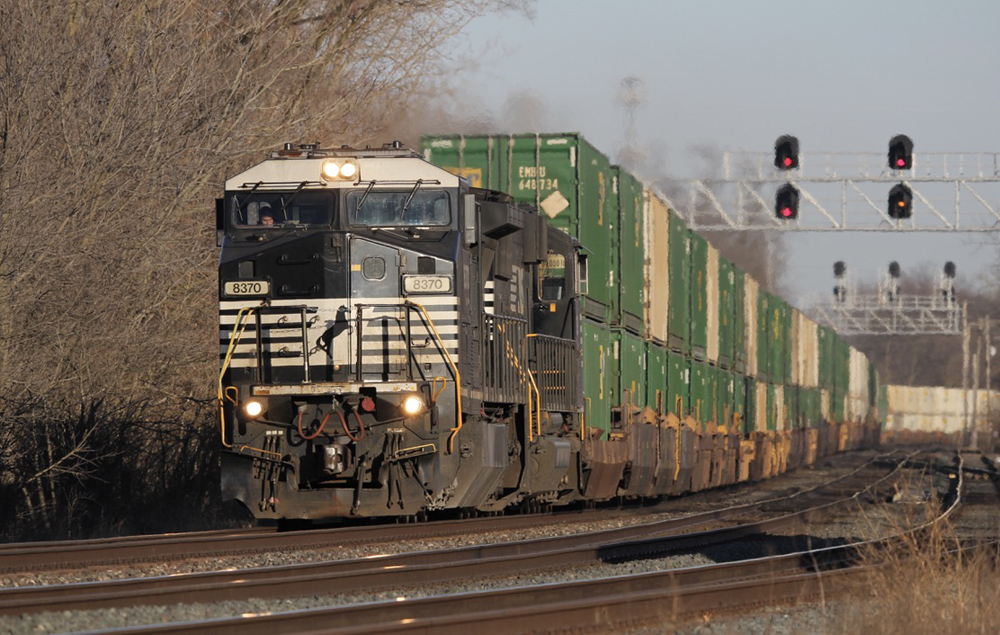


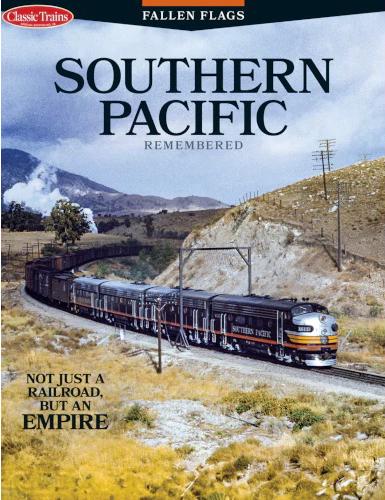

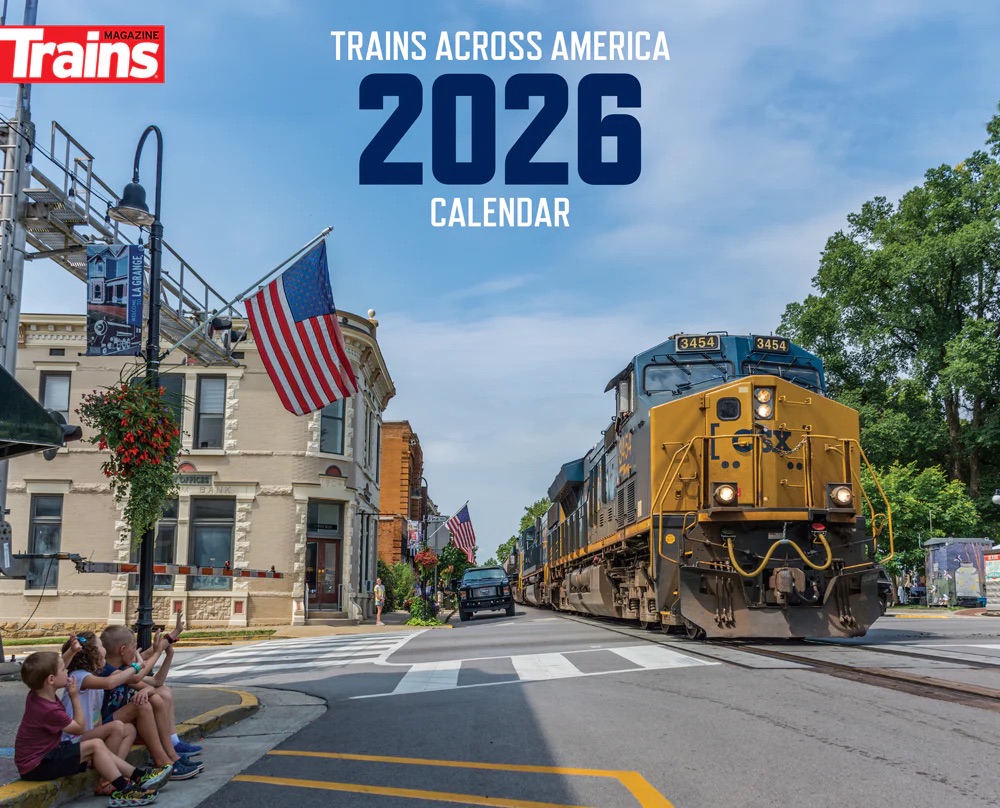
Infrastructure and licensing challenges notwithstanding, the New Mexico Steam Locomotive and Railroad Historical Society is raising funds for conversion of its LeapPTC system to one based in the 2926 steam locomotive itself, albeit a diesel locomotive will still be required for HEP and other reasons. Hopefully this effort will give the organization more operating flexibility.
Insisting article the Midwest tour was the sit down run for the PTC system on the first run they had Jay Leno up in the cab and when they were operating from Missouri Valley to Des Moines PTC system quit on them and they had to stop a few miles outside of Pacific and reboot the system. After the system was rebooted they continued on their way but they had to drop off 4015 at Jenks that locomotive became the Abe Lincoln and they ran with other heritage units and with sd-70 ACE for the rest of the trip. Expect to see 844 and Big Boy pull the Centennial Train next year on the Transcontinental Railroad and on the OSL from Granger all the way to Portland. Looking forward to that tour next year.
What mechanical connections had to be made to shut the steam throttle when the PTC system commands a stop?
If it’s I-ETMS (which is most likely) it’s operable on any of the freight roads so equipped, which NS and UP are. However, there maybe a glitch as far as operaton over NS’s ex-PRR cab-signal system, which covers Horse Shoe Curve, ,at al..
Can someone say whether 4014’s PTC will have to be enhanced in any way in order for it to be compatible on NS for the projected tour?